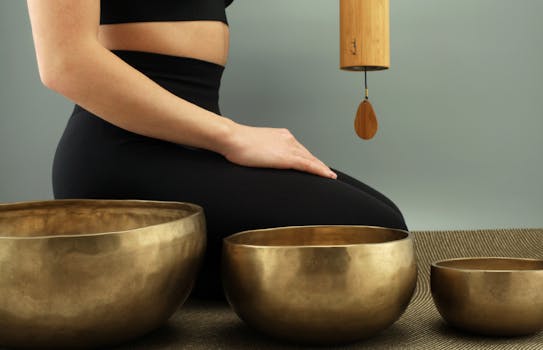Harmonizing Wall and Door Colors for a Unified Decor
In the realm of interior design, color plays a pivotal role in establishing the mood and aesthetic of a space. One of the most effective ways to create a cohesive look in your home is by harmonizing the colors of your walls with those of your doors. This article explores the significance of color harmony, offers practical tips for achieving it, and showcases examples that illustrate the impact of this design choice.
The Importance of Color Harmony
Color harmony refers to the pleasing arrangement of colors that creates a sense of balance and unity in a space. When walls and doors are harmonized, it can enhance the overall decor and make a room feel more inviting. Here are some reasons why color harmony is essential:
- Visual Cohesion: Harmonizing colors creates a seamless transition between different elements in a room, making it visually appealing.
- Enhanced Mood: Colors can evoke emotions; a well-coordinated palette can create a calming or energizing atmosphere.
- Increased Property Value: A thoughtfully designed space can increase the appeal of a home, potentially raising its market value.
Choosing the Right Color Palette
When selecting colors for walls and doors, consider the following factors to ensure a harmonious look:
- Color Wheel Basics: Familiarize yourself with the color wheel. Complementary colors (opposite each other) can create a vibrant look, while analogous colors (next to each other) offer a more subdued harmony.
- Room Function: Consider the purpose of the room. For example, soft blues and greens can create a tranquil bedroom, while bold reds and yellows may energize a kitchen.
- Lighting: Natural and artificial lighting can significantly affect how colors appear. Test paint samples in different lighting conditions before making a final decision.
Practical Tips for Harmonizing Colors
Here are some practical tips to help you harmonize wall and door colors effectively:
- Use a Monochromatic Scheme: Choose different shades of the same color for both walls and doors. For instance, a light gray wall paired with a darker gray door can create a sophisticated look.
- Incorporate Neutrals: Neutral colors like white, beige, or gray can serve as a backdrop, allowing you to play with bolder door colors without overwhelming the space.
- Accent Doors: If you prefer a more dramatic effect, consider painting doors in a bold color that contrasts with the walls. For example, a navy blue door against soft white walls can create a striking focal point.
Case Studies: Successful Color Harmonization
Several designers have successfully implemented color harmony in their projects, showcasing the effectiveness of this approach:
- Modern Minimalism: A recent project by designer Sarah Richardson featured a minimalist living room with soft beige walls and matching beige doors. The subtlety created a serene environment, enhanced by natural light.
- Eclectic Charm: In a vibrant family home, designer Emily Henderson used a pastel pink wall color paired with a slightly darker pink door. This choice added warmth and charm, making the space feel inviting.
- Bold Statements: In a contemporary office space, designer Nate Berkus opted for deep green walls with matching green doors. This bold choice created a cohesive and professional atmosphere.
Statistics on Color Impact
Research indicates that color can significantly influence perceptions and emotions. According to a study by the Institute for Color Research, people make a subconscious judgment about a person, environment, or product within 90 seconds of initial viewing, and between 62% to 90% of that assessment is based on color alone. This underscores the importance of thoughtful color choices in interior design.
Conclusion
Harmonizing the colors of walls and doors is a powerful strategy for creating a unified decor that enhances the aesthetic appeal and emotional impact of a space. By understanding color theory, considering the function of each room, and applying practical tips, homeowners can achieve a cohesive look that reflects their personal style. Whether opting for a monochromatic scheme or a bold contrast, the right color choices can transform any space into a harmonious haven.
